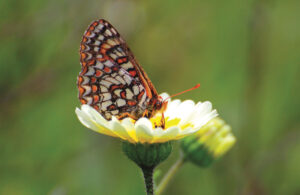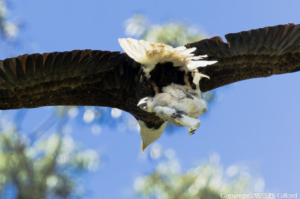by Steven Glover. Mount Diablo Audubon Society, 2009, 260 pages, $26.80 PB, (online order here).
On the heels of Santa Clara County’s 2007 breeding bird atlas comes Contra Costa County’s companion for north Bay Area birders. This year the Mount Diablo Audubon Society (MDAS) released the Breeding Bird Atlas of Contra Costa County, the result of a project that author Steven Glover freely admits is long overdue. MDAS’s atlas covers everything a breeding bird atlas should: part range map, part field guide, part desktop reference for the local birder. But don’t let its reference status fool you, this volume speaks to you like an old friend; describing the black-hooded dark-eyed junco as a “comical little henchman” is just one example.
Although it is comparatively less exhaustive in scope (and half as long) as the Santa Clara Valley Audubon Society’s atlas, this newest installment is nonetheless a welcome, well-researched contribution that fills a hole in the growing canvass of local breeding bird documentation. Each entry reviews the subject species’ current population status, historical occurrences, breeding and natural history, and conservation issues accompanied by the requisite atlas map.
To whet your appetite, consider these tidbits: During the atlas’ preparation between 1998 and 2002, 167 bird species were confirmed or assumed breeding in Contra Costa County, up from an estimated 129 species pre-1927. Collectively, those species represent 76 percent of the bird species known to breed in the entire Bay Area. Too, the atlas’s publication heralds the apparent loss of two species in Contra Costa County: the great roadrunner was last seen in 1986 along Marsh Creek Road and the yellow-headed blackbird was last confirmed breeding in 1899 in Pinole. Of course, it also heralds the dawn of two new species to the county in 2007: a bald eagle pair confirmed nesting at San Pablo Reservoir and a pair of black skimmers nesting in the midst of the Caspian tern colony on Brooks Island. This just goes to show that, for birds and birders alike, good things come to those who wait.

.jpg)



